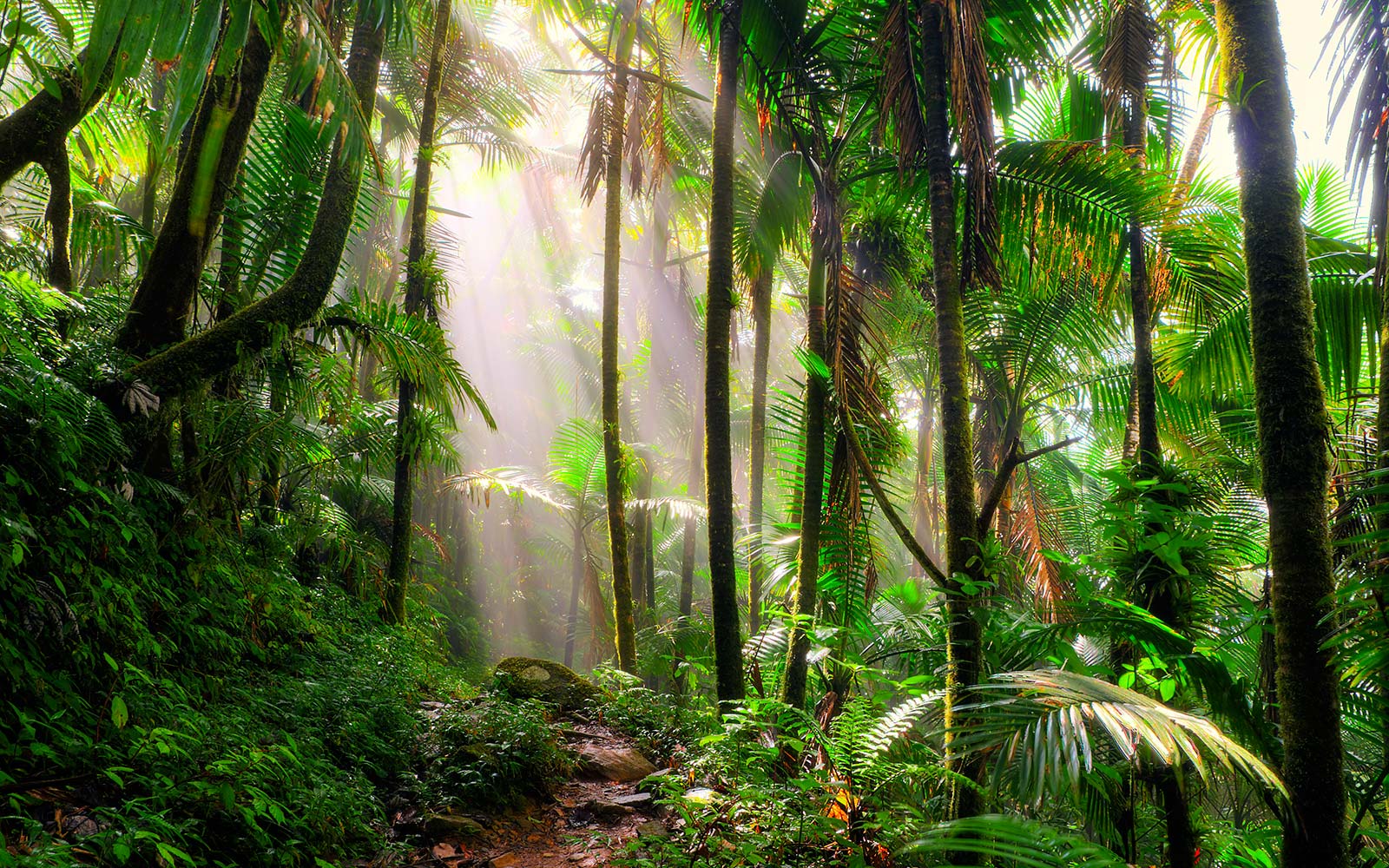The Formation of The Earth
The earth first formed around 4.5 billion years ago from a huge cloud of dust and gas. This nebula, as it was called, gradually collapsed in on itself under the force of its own gravity. This collapse eventually led to the formation of our sun and all the planets in our solar system, including Earth. […]









